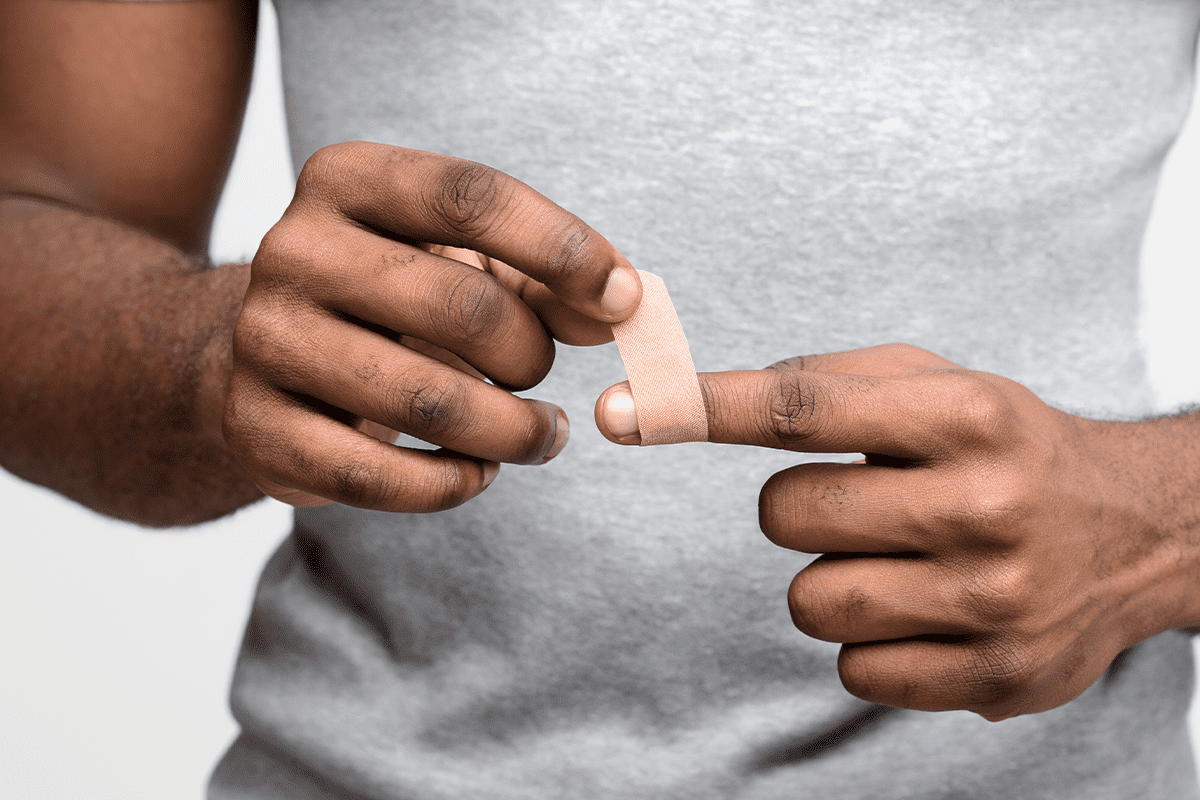 How does our skin work?
How does our skin work?- What happens when skin is damaged?
- What is tissue regeneration?
- What factors influence tissue regeneration?
- How can a wound care doctor help my tissue regenerate?
The skin is the body’s largest organ, making up about one-seventh of our weight. Covering almost every inch of our bodies, our skin serves multiple functions, performing everything from acting as a protective barrier against bacteria to regulating our temperature.
When we suffer an injury to our skin, we feel it immediately—the nerves under the dermal tissue send signals to our brain, alerting us to the threat. However, in addition to pain signaling, messages are also sent to our body that trigger the skin to begin repairing itself, covering the wound to protect against pathogens and infections.
If you’ve ever injured yourself, you may have noticed a scab develop, followed by a scar. These signs indicate tissue regeneration.
While most people’s skin can recover given time, different biological factors can influence or interrupt the healing process—these variables often determine how quickly your skin regenerates, whether or not you develop scarring, and if the wound is likely to recur or open.
In this article, we’ll go over the functions of our skin, how tissue regenerates, and what we can do to assist the healing process.
How Does Our Skin Work?
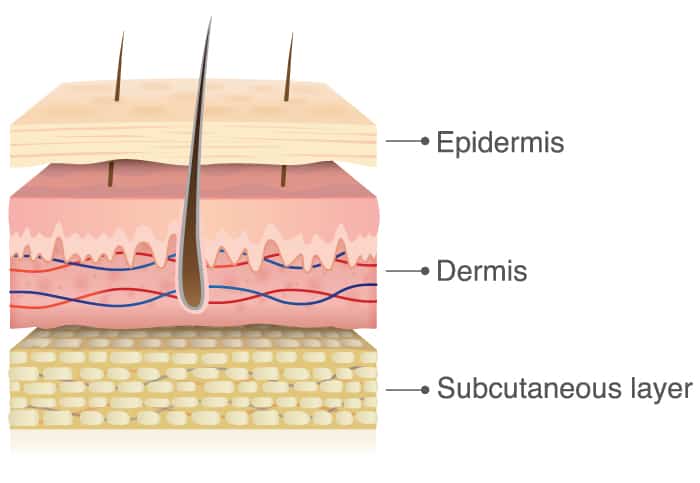
To understand tissue regeneration, you must first understand how our skin functions.
Our skin has three main layers (top to bottom):
- Epidermis
- Dermis
- Subcutaneous
The epidermis is the outer layer of your skin and consists of several cell layers that serve as a waterproof barrier protecting you from external threats, such as the sun or bacteria. The epidermis contains melanocytes, which produce melanin, the pigment that gives our skin color.
Beneath the epidermis is the dermis. The dermis holds blood vessels, nerves, hair follicles, and sweat glands, providing structural support to the skin. It also contains elastin fibers and collagen, making the skin supple, strong, and youthful.
The deepest part of the skin is the subcutaneous layer. The subcutaneous layer holds fat cells, blood vessels, and nerves. This is the layer that helps to regulate body temperature and serves to insulate us.
The nerves that run through these layers are reactive to external stimuli. For example, if the skin is exposed to cold, heat, or pain, sensory receptors located in the skin send signals to the brain. The brain, in turn, responds to sensory activity. For example, when the sun warms the skin, the brain triggers the sweat glands to produce sweat to cool the body.
What Happens When the Skin Is Damaged?
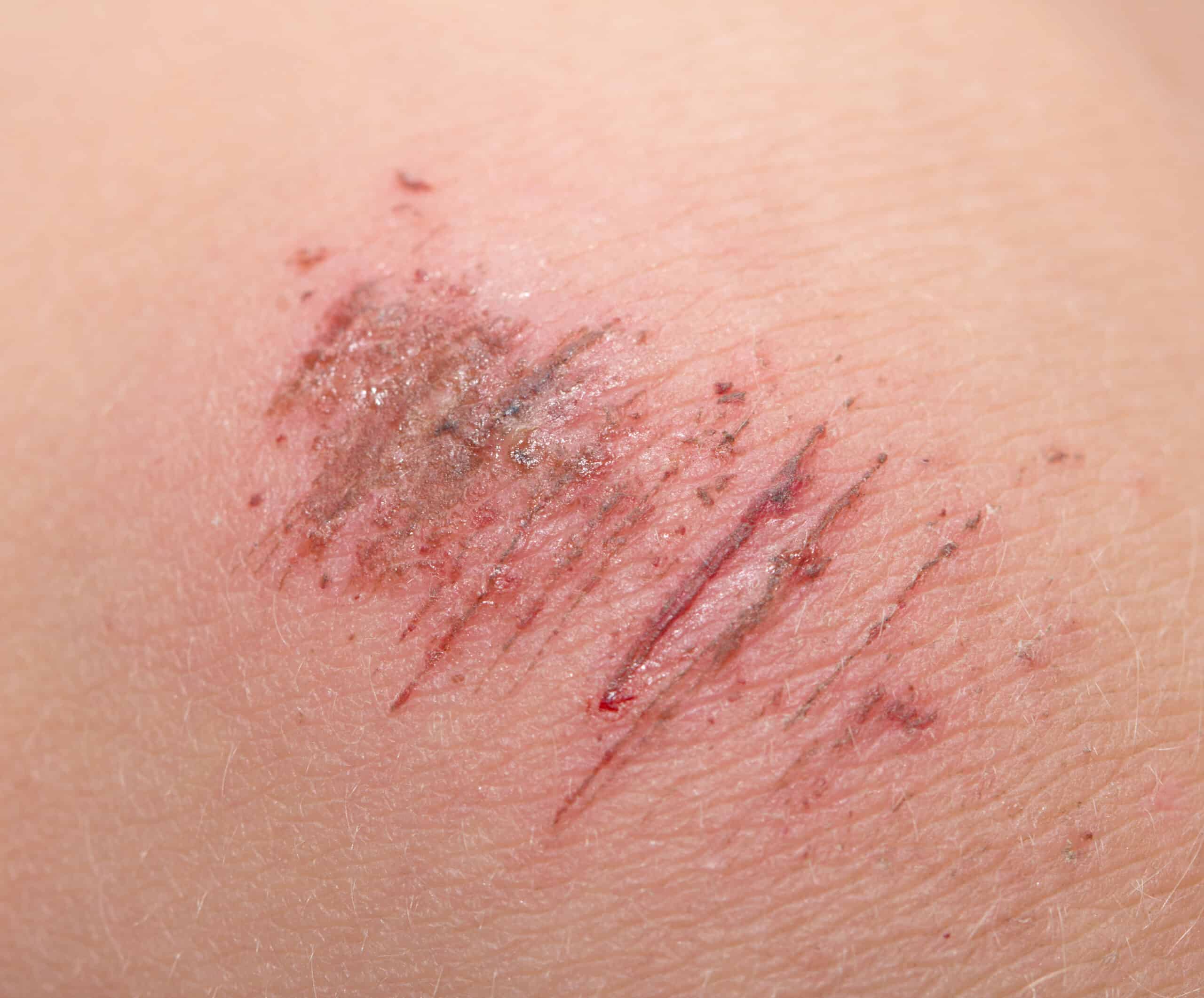
Depending on the severity, a skin injury may trigger several biological processes to heal the damaged tissue.
For example, if your skin is cut or wounded, blood vessels in the area may break, causing you to bleed. In response, the body’s natural clotting process will prevent the loss of blood, forming a barrier. White blood cells will then move to the injury site to fight off bacteria, protecting the cut from infection.
Burns may cause the skin to blister and peel, killing cells on the surface of the skin. For severe burns, the damage can extend to the nerve endings, causing pain and sensitivity in the affected area.
Weak or damaged skin may also be susceptible to infection. When scrapes are left exposed, microorganisms may enter the body through the site of the wound, attacking the tissues beneath the surface of the skin.
In each of these instances, the skin will respond to the injury by working tirelessly to heal itself, attempting to replace the damaged or lost tissues with a new layer of skin.
What Is Tissue Regeneration?

Tissue regeneration is a complex process that occurs naturally in the body to repair damaged or injured tissues.
When an injury occurs, the body then takes a series of steps to initiate the regenerative process:
- Inflammation
- Migration
- Proliferation
- Differentiation
- Maturation
Inflammation is the first stage of your skin’s attempt to heal itself, when the body begins to increase blood flow to the injury site and remove damaged tissues, preparing the wound area for the next stage of the regenerative process.
Migration is the second step in tissue regeneration, when the body begins flooding new cells to the injury site, including:
- Immune cells
- Fibroblasts
- Stem cells
These cells combine to form a scaffold for tissue growth. On the surface, what you see is a slowly closing wound.
Proliferation is when the cells begin to divide, replicate, and create new tissue. This stage is crucial for returning the skin to its original shape and size.
Differentiation is the fourth stage of tissue regeneration. During differentiation, the newly created cells begin to segment and specialize into specific cell types, such as nerves, muscles, or skin cells.
Maturation is the final step in tissue regeneration. During this process, the tissue is remodeled and strengthened to prevent future injuries from occurring. This stage may involve the formation of new blood vessels and the production of collagen or elastin.
The success of this natural bodily process depends on several factors, including the type of tissue being repaired, the severity of the injury, and the overall health of the individual and their immune system.
What Factors Influence Tissue Regeneration?
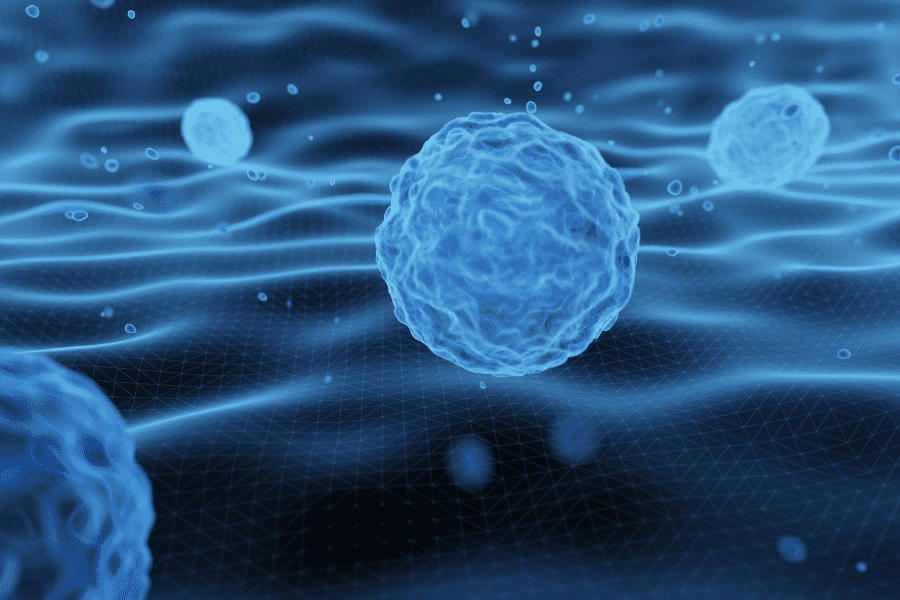
Successful tissue regeneration depends on several factors. For starters, the severity of an injury will affect how quickly the tissue regenerates. The larger the injury, the longer the skin will take to heal itself and reform connections.
Different types of tissues also heal at different rates. For example, nerve tissue has a very limited regenerative capacity. By contrast, liver cells and superficial skin injuries can recover quickly.
Our age also plays a large role in how well and quickly our tissues regenerate. The older we get, the less efficiently our blood circulates and the fewer regenerative cells we produce. Oxygen and nutrients in your blood speed healing, so if you suffer from a circulatory issue, it could decrease your ability to heal.
While inflammation is a necessary step in the regeneration of tissue, excessive or prolonged inflammation can also inhibit tissue regeneration. Inflammation can also be a sign of infection and will interfere with tissue regeneration as long as your body is attempting to fight off bacteria in the damaged tissue.
Nutrition and overall health also significantly impact the body’s ability to heal itself. Adequate nutrient availability from vitamins, minerals, and amino acids is essential for successful tissue regeneration. A nutrient deficiency inhibits tissue regeneration. Your environment also affects your ability to heal. External factors, toxins, temperature, and humidity all affect tissue regeneration.
How Can a Wound Care Doctor Help My Tissue Regenerate?
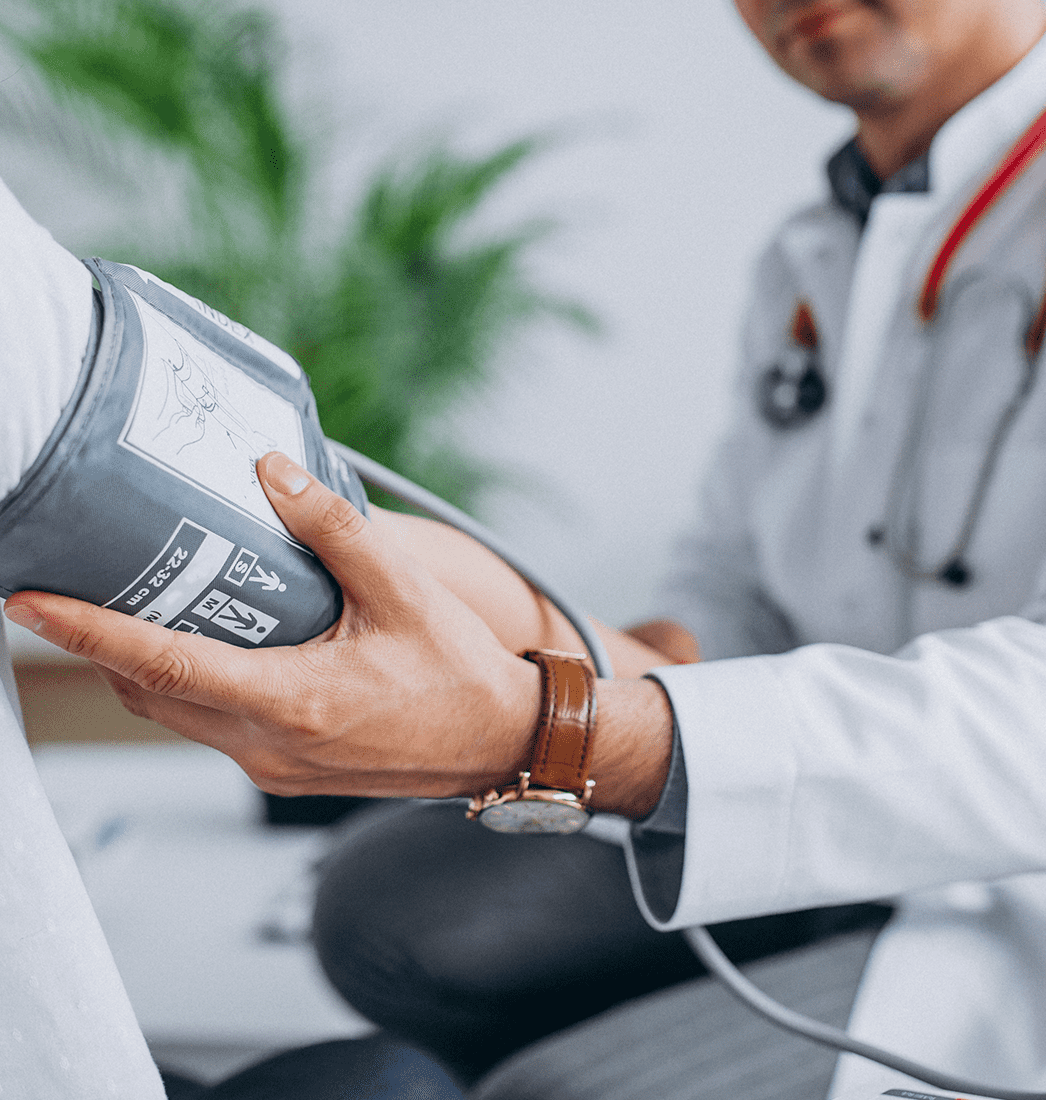
A wound care doctor can play a critical role in tissue regeneration by providing expert treatment to help facilitate the healing process.
From cleaning your wound to developing a treatment plan, a wound care doctor can speed up the healing process, preventing infections while using advanced techniques to facilitate skin regeneration. Healing is a nuanced process—combining multiple approaches, such as nutrition, compression, and cell-boosting therapies, wound care doctors personalize each patient’s treatments to match their body’s needs.
At Freedom Health & Wellness (formerly Rapha Wound Care), our team of expert wound care specialists is here to help you heal and recover.
Contact us today to find out more about the therapies that can help.




